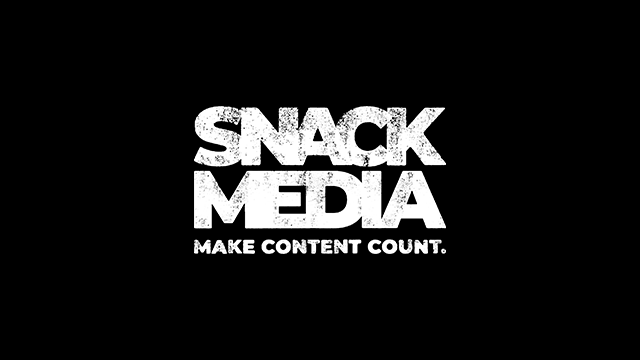Over the last year, we have seen a significant rise in tech companies and social media corporations showing sports content live. This has created a new competitive sector in the sports broadcasting industry.
More than ever, individuals are spending more time on their phones. Providing instant access to games through live-streaming technology, not only provide the accessibility fans are craving but allows for content to reach new audiences.
But recent figures show online contracts don’t seem to be gaining the viewership organisations had hoped for.
Last month Amazon kicked off their Thursday Night Football broadcast of the NFL. On average 372,000 fans watched the Green Bay Packers’ clinch victory over the Chicago Bears with a score of 35-14. On Average, each person watched the content for an of 55 minutes.
Reports suggest that Amazon is paying $50 million for the “TNF” rights, which would be five times what Twitter paid last year. A relatively small price to pay considering the company made $857 million in the second fiscal quarter of 2016 but with such low viewing statics being shown, is the cost truly worth it?
Currently, to watch the NFL games, customers must be Amazon Prime users which will cost you £79 a year. Again, a relatively small price to pay to be able to watch one of the most exciting sports today. Amazon may not see a flood of new subscribers for Amazon Prime because of the streaming rights, but it’s clearly part of expanding the benefits of the service.
Amazon who pays more than Twitter to showcase “Thursday Night Football” attracted more people, on average, who stuck around to watch the game for a longer period of time than Twitter did last year. The average worldwide audience watching for at least 30 seconds on the First Thursday night on Amazon drawing in an audience of 372,000. That exceeds the 243,000 people who watched for at least 30 seconds on Twitter’s first game stream last year. It is also worth remembering that Twitter’s stream was available to anyone for free, and even to those without a Twitter account. Amazon meanwhile required a Prime membership. This shows the success Amazon had in terms of competing with their rivals.
Although, if Amazon is thinking that they will completely outdo TV then it will either take a very long time or just will not happen. Viewership on all media platforms is sliding with the organisation seeing a drop of over 7.5%. Even with this development when comparing broadcasters to Live-streams, CBS said 14.6 million viewers tuned in on television for the Green Bay Packers’ vs Chicago Bears.
This produces two significant questions –
- Will Live Stream technology ever take over broadcasting TV Channels?
- Are the days of going to your local pub to watch sports coverage slowly drifting away?
Broadcasters have recognised the need for innovation. Eurosport threw the playbook out of the window when showing the Andy Murray charity match in Scotland. The company channelled new forms of content through both social and digital channels. This included 360 video cameras which were attached to Roger Federer’s courtside seat and another on the net post. You also had the ability to watch the coverage in VR putting supporters at the heart of the action.
It is not likely we will see stronger viewer figures on online platforms compared to broadcasters this year. But with more time being spent on the web than ever before it is a platform which offers substantial opportunities. As more broadcasters and streaming services battle it out for viewers we could be looking forward to a time where we will be turning to online services to get our sports coverage dosage.
Written by Vilson Beiqi





